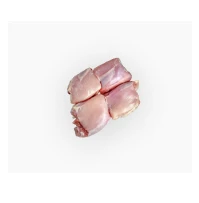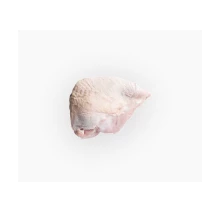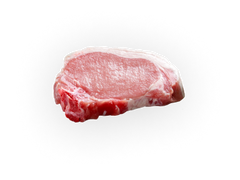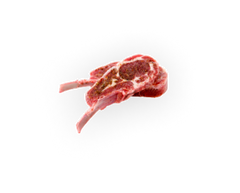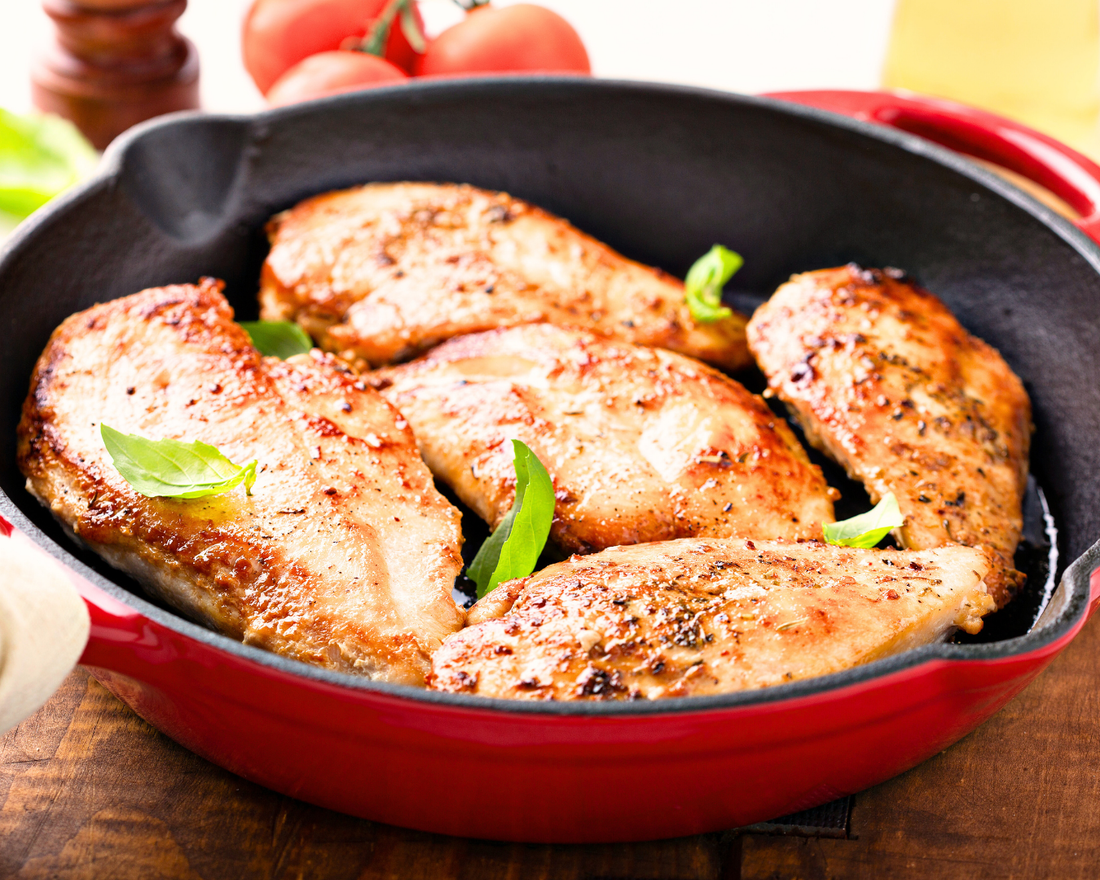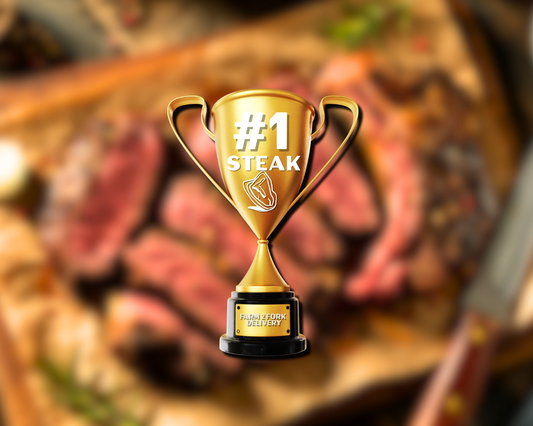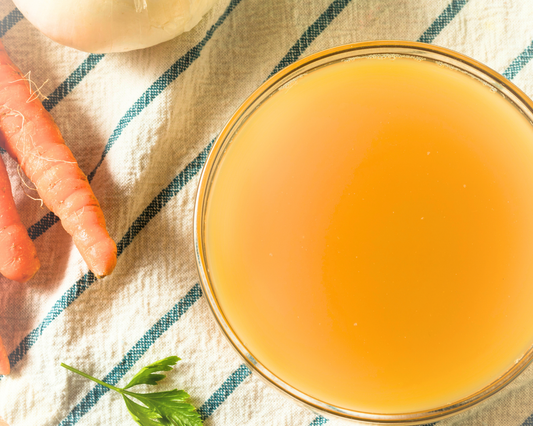When it comes to planning meals around chicken, most home cooks are faced with a familiar decision: chicken breast or chicken thighs? While both cuts are lean sources of protein and staples in Canadian kitchens, they differ in several key ways—from nutrition and flavour to texture, versatility, and cost. Understanding the differences between chicken breast and chicken thighs can help you choose the right cut for your cooking goals, dietary preferences, and budget.
Let’s dive into a detailed comparison of chicken breasts versus chicken thighs to help you make the most informed (and delicious) choice.
1. Nutrition: Lean Protein vs. Richer Fat Content
Chicken Breast:
Chicken breast is well-known for being a lean, low-fat source of protein. A 100-gram serving of skinless, boneless chicken breast contains:
-
Approximately 165 calories
-
31 grams of protein
-
3.6 grams of fat
-
0 grams of carbohydrates
Because it’s so lean, chicken breast is often favoured by athletes, dieters, and those following low-fat meal plans. It’s also an excellent source of niacin, vitamin B6, and selenium, all of which support metabolism and immune health.
Chicken Thighs:
Chicken thighs are cut from the darker, more active part of the bird. They contain more fat than chicken breasts, which gives them a richer flavour. A 100-gram serving of skinless, boneless chicken thighs contains:
-
Around 209 calories
-
26 grams of protein
-
10.9 grams of fat
While chicken thighs are higher in fat, they also contain slightly more iron and zinc, which are important for oxygen transport and immune function. The extra fat content also makes them more satiating and flavourful.
Nutrition Verdict:
If you're aiming for a low-fat, high-protein option, chicken breast is the better choice. But if you want more flavour and a slightly higher intake of essential minerals, chicken thighs win.
2. Flavour: Light and Mild vs. Rich and Juicy
Chicken Breast:
Chicken breast has a mild flavour that can easily take on marinades and seasonings. However, because it’s so lean, it’s prone to drying out if overcooked. This makes precise cooking crucial if you want to preserve its tenderness and taste.
Chicken Thighs:
Chicken thighs offer a richer, more savoury flavour thanks to their higher fat content and darker meat. They’re much more forgiving to cook and maintain moisture well, even in longer or high-heat cooking methods like braising or grilling.
Flavour Verdict:
If flavour and juiciness are your priorities, chicken thighs take the crown. Chicken breast, while versatile, can be bland if not properly seasoned or cooked.
3. Texture: Tender but Tricky vs. Moist and Forgiving
Chicken Breast:
When cooked correctly, chicken breast is tender and smooth. But it has a tendency to become dry or rubbery if overcooked by even a few minutes. This cut requires a bit more attention in the kitchen, especially when grilling or baking.
Chicken Thighs:
Chicken thighs are naturally juicier and more forgiving, even with longer cooking times. Their slightly chewier textureadds depth to dishes and makes them perfect for slow-cooked meals or rich sauces.
Texture Verdict:
Chicken thighs are easier to work with and retain moisture better. Chicken breast can be tender but demands careful cooking.
4. Versatility: Clean Canvas vs. Full-Body Flavour
Chicken Breast:
Because of its mild flavour and lean profile, chicken breast acts as a blank canvas for countless recipes. From stir-fries and salads to grilled kabobs and wraps, it pairs well with almost any spice blend, herb, or sauce. It's ideal for meal prepping, especially for those on clean-eating or high-protein diets.
Chicken Thighs:
Chicken thighs shine in dishes that require longer cooking times or bold flavours—think curries, stews, or BBQ. Their rich taste and natural tenderness make them a great choice for recipes with complex seasoning or sauces.
Versatility Verdict:
Chicken breast is slightly more versatile due to its ability to adapt to nearly any cuisine or diet. However, chicken thighs excel in flavour-heavy or slow-cooked dishes.
5. Cost: Budget-Friendly Choice for Canadian Families
Chicken Breast:
Chicken breast is typically more expensive per kilogram than thighs in Canada. This is due to its popularity as a lean protein and its perceived health benefits.
Chicken Thighs:
Chicken thighs are generally more affordable than breasts, making them a great option for budget-conscious shoppers or larger families.
Cost Verdict:
If you’re feeding a family or cooking in bulk, chicken thighs offer better value for money without sacrificing nutrition or taste.
Conclusion: Chicken Breast vs. Chicken Thighs – Which Is Right for You?
When choosing between chicken breast and chicken thighs, there’s no one-size-fits-all answer. The best choice depends on your individual needs and what you value most in a meal.
-
Choose chicken breast if you’re looking for a lean, high-protein option that works well in lighter recipes and meal preps.
-
Choose chicken thighs if you want a richer flavour, moist texture, and a more affordable cut for stews, grills, or slow-cooked dishes.
Many Canadian households keep both cuts on hand, using chicken breasts for weekday salads and quick lunches, and thighs for comforting dinners or special meals. No matter which you choose, both are nutritious, delicious, and versatile staples that can help you create countless satisfying meals.
How to Cook Each Cut Perfectly
-
For chicken breasts: Pound them to even thickness, marinate for at least 30 minutes, and avoid overcooking. Aim for an internal temperature of 165°F (74°C).
-
For chicken thighs: Sear skin-on thighs for crispiness, or simmer them slowly in sauce for rich, tender results. They’re safe to eat at 165°F, but many chefs cook them to 175–185°F (80–85°C) for enhanced tenderness.
Whether you’re crafting a weeknight stir-fry or a weekend BBQ masterpiece, understanding the differences between chicken breasts and thighs helps you make smarter choices in the kitchen. Enjoy experimenting with both to discover your personal favourites!

